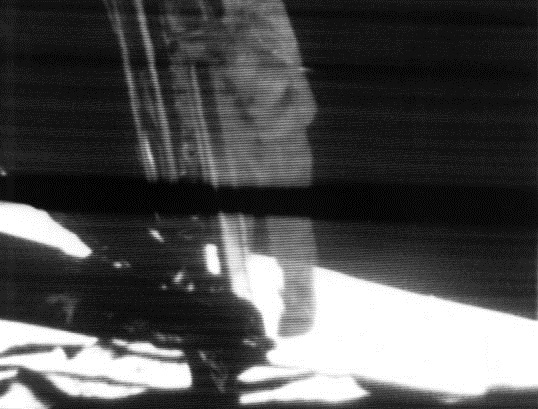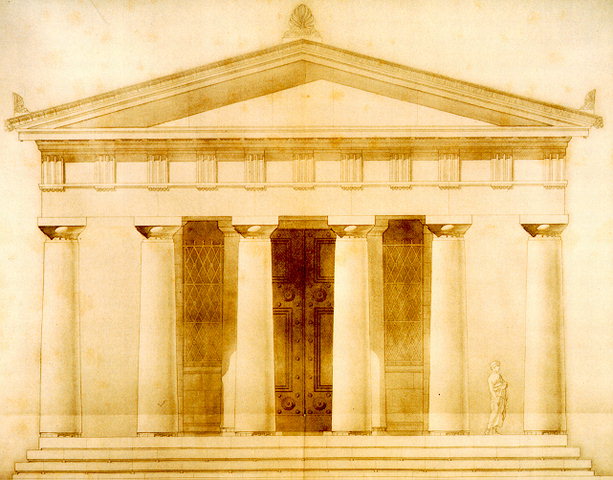|
Lunar Landing
A Moon landing is the arrival of a spacecraft on the surface of the Moon. This includes both crewed and robotic missions. The first human-made object to touch the Moon was the Soviet Union's Luna 2, on 13 September 1959. The United States' Apollo 11 was the first crewed mission to land on the Moon, on 20 July 1969. There were six crewed U.S. landings between 1969 and 1972, and numerous uncrewed landings, with no soft landings happening between 22 August 1976 and 14 December 2013. The United States is the only country to have successfully conducted crewed missions to the Moon, with the last departing the lunar surface in December 1972. All soft landings took place on the near side of the Moon until 3 January 2019, when the Chinese Chang'e 4 spacecraft made the first landing on the far side of the Moon. Uncrewed landings After the unsuccessful attempt by Luna 1 to land on the Moon in 1959, the Soviet Union performed the first hard Moon landing – "hard" meaning the ... [...More Info...] [...Related Items...] OR: [Wikipedia] [Google] [Baidu] |
Luna 9
Luna 9 (Луна-9), internal designation Ye-6 No.13, was an uncrewed space mission of the Soviet Union's Luna programme. On 3 February 1966, the Luna 9 spacecraft became the first spacecraft to achieve a survivable landing on a celestial body. Spacecraft The lander had a mass of and consisted of a spheroid ALS capsule measuring . It used a landing bag to survive the impact speed of . It was a hermetically sealed container with radio equipment, a program timing device, heat control systems, scientific apparatus, power sources, and a television system. The spacecraft was developed in the design bureau then known as OKB-1, under Chief Designer Sergei Korolev (who had died before the launch). The first 11 Luna missions were unsuccessful for a variety of reasons. At that time the project was transferred to Lavochkin design bureau since OKB-1 was busy with a human expedition to the Moon. ''Luna 9'' was the twelfth attempt at a soft-landing by the Soviet Union; it was also the f ... [...More Info...] [...Related Items...] OR: [Wikipedia] [Google] [Baidu] |
Luna 23
''Luna 23'' was an unmanned space mission of the Luna program developed by the Soviet Union. Overview ''Luna 23'' was a Soviet Moon lander mission which was intended to return a lunar sample to Earth. Launched to the Moon by a Proton-K/ D, the spacecraft tipped over on its side and was damaged upon landing in Mare Crisium. The sample collecting apparatus could not operate and no samples were returned. The lander continued transmissions for three days after landing. In 1976, ''Luna 24'' landed several hundred meters away and successfully returned samples. The asteroid-like object 2010 KQ is believed to be a rocket that parted the ''Luna 23'' module after launch. ''Luna 23'' was the first modified lunar sample return spacecraft, designed to return a deep core sample of the Moon's surface (hence the change in index from Ye-8-5 to Ye-8-5M). While ''Luna 16'' and ''Luna 20'' had returned samples from a depth of 0.3 meters, the new spacecraft was designed to dig to 2.5 meters. After ... [...More Info...] [...Related Items...] OR: [Wikipedia] [Google] [Baidu] |
Luna 2
''Luna 2'' ( rus, Луна 2}), originally named the Second Soviet Cosmic Rocket and nicknamed Lunik 2 in contemporaneous media, was the sixth of the Soviet Union's Luna programme spacecraft launched to the Moon, E-1 No.7. It was the first spacecraft to reach the surface of the Moon, and the first human-made object to make contact with another celestial body. The spacecraft was launched on 12 September 1959 by the Luna 8K72 s/n I1-7B rocket. It followed a direct path to the Moon. In addition to the radio transmitters sending telemetry information back to Earth, the spacecraft released a sodium gas cloud so the spacecraft's movement could be visually observed. On 13 September 1959, it impacted the Moon's surface east of Mare Imbrium near the craters Aristides, Archimedes, and Autolycus. Prior to impact, two sphere-shaped pennants with USSR and the launch date engraved in Cyrillic were detonated, sending pentagonal shields in all directions. ''Luna 2'' did not detect radiation ... [...More Info...] [...Related Items...] OR: [Wikipedia] [Google] [Baidu] |
Soviet Union
The Soviet Union,. officially the Union of Soviet Socialist Republics. (USSR),. was a List of former transcontinental countries#Since 1700, transcontinental country that spanned much of Eurasia from 1922 to 1991. A flagship communist state, it was nominally a Federation, federal union of Republics of the Soviet Union, fifteen national republics; in practice, both Government of the Soviet Union, its government and Economy of the Soviet Union, its economy were highly Soviet-type economic planning, centralized until its final years. It was a one-party state governed by the Communist Party of the Soviet Union, with the city of Moscow serving as its capital as well as that of its largest and most populous republic: the Russian Soviet Federative Socialist Republic, Russian SFSR. Other major cities included Saint Petersburg, Leningrad (Russian SFSR), Kyiv, Kiev (Ukrainian Soviet Socialist Republic, Ukrainian SSR), Minsk (Byelorussian Soviet Socialist Republic, Byelorussian SSR), Tas ... [...More Info...] [...Related Items...] OR: [Wikipedia] [Google] [Baidu] |
Spacecraft
A spacecraft is a vehicle or machine designed to spaceflight, fly in outer space. A type of artificial satellite, spacecraft are used for a variety of purposes, including Telecommunications, communications, Earth observation satellite, Earth observation, Weather satellite, meteorology, navigation, space colonization, Planetary science, planetary exploration, and Space transport, transportation of Human spaceflight, humans and cargo spacecraft, cargo. All spacecraft except single-stage-to-orbit vehicles cannot get into space on their own, and require a launch vehicle (carrier rocket). On a sub-orbital spaceflight, a space vehicle enters outer space, space and then returns to the surface without having gained sufficient energy or velocity to make a full Earth orbit. For orbital spaceflights, spacecraft enter closed orbits around the Earth or around other Astronomical object, celestial bodies. Spacecraft used for human spaceflight carry people on board as crew or passengers from ... [...More Info...] [...Related Items...] OR: [Wikipedia] [Google] [Baidu] |
Apollo 11 First Step Apollo, grc, Ἀπόλλωνος, Apóllōnos, label=genitive , ; , grc-dor, Ἀπέλλων, Apéllōn, ; grc, Ἀπείλων, Apeílōn, label=Arcadocypriot Greek, ; grc-aeo, Ἄπλουν, Áploun, la, Apollō, la, Apollinis, label=genitive, , ; , is one of the Olympian deities in classical Greek and Roman religion and Greek and Roman mythology. The national divinity of the Greeks, Apollo has been recognized as a god of archery, music and dance, truth and prophecy, healing and diseases, the Sun and light, poetry, and more. One of the most important and complex of the Greek gods, he is the son of Zeus and Leto, and the twin brother of Artemis, goddess of the hunt. Seen as the most beautiful god and the ideal of the ''kouros'' (ephebe, or a beardless, athletic youth), Apollo is considered to be the most Greek of all the gods. Apollo is known in Greek-influenced Etruscan mythology as ''Apulu''. |



